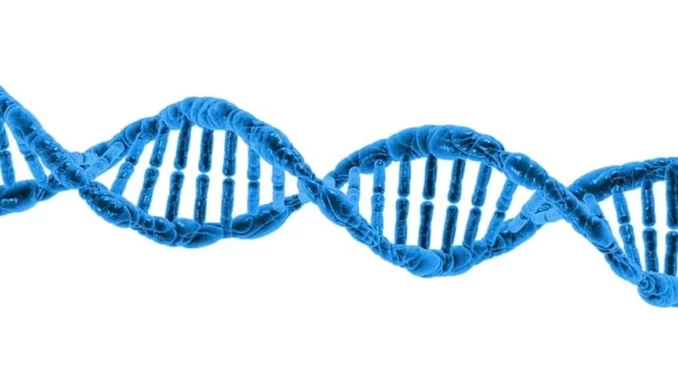
Summary
Pioneering DNA Data Storage: A Revolutionary Solution to the Zettabyte Challenge
In the face of an impending digital storage crisis, Dr. Emily Thompson spearheads groundbreaking research into DNA data storage. With the global data production set to reach 175 zettabytes by 2025, traditional storage solutions are becoming obsolete. Dr. Thompson elucidates how DNA, with its unparalleled density and longevity, offers a promising alternative to current data storage methods.
Main Article
The Vision for DNA Data Storage
Amidst the scholarly ambiance of a university laboratory, Dr. Emily Thompson shares her vision of harnessing the molecule of life, DNA, to solve the modern data storage conundrum. “Imagine all the world’s data encapsulated in a test tube,” she muses, encapsulating the revolutionary potential of her research. As humanity enters the Zettabyte era, traditional storage mediums lack the scalability to accommodate the burgeoning data landscape. DNA offers a robust solution, with a single gram potentially holding 215 petabytes, enduring for centuries under proper conditions.
Challenges in Translating Theory to Practice
However, translating this visionary concept into reality is fraught with challenges. Encoding digital data into DNA is a sophisticated process requiring complex algorithms to convert binary data into the adenine (A), thymine (T), cytosine (C), and guanine (G) genetic code. “It’s not as straightforward as writing on a hard drive,” Dr. Thompson explains. The creation of DNA sequences involves oligonucleotide synthesis, a technique that must ensure both the accuracy and integrity of data.
One significant hurdle is error correction. DNA synthesis and sequencing are susceptible to errors such as insertions and deletions. “We’re developing advanced error-correcting codes, akin to those utilised in digital communications,” Dr. Thompson notes, highlighting efforts to enhance the reliability of DNA storage. Furthermore, the random access capability remains a critical aspect, essential for efficiently retrieving specific data without sequencing the entirety of stored information. Innovations like molecular barcoding and advanced algorithms are being explored to improve this capability.
Potential Applications and Future Implications
Dr. Thompson’s enthusiasm for the potential applications of DNA data storage is palpable. She envisions a future where this technology preserves humanity’s digital legacy. “Imagine archiving everything from ancient texts to contemporary media in a format that can endure for millennia,” she describes, illustrating the profound implications for cultural preservation.
As the conversation draws to a close, Dr. Thompson reflects on her aspirations for the future of this burgeoning field. “I hope we can develop a sustainable, scalable solution that meets our data storage demands and safeguards our collective knowledge for future generations,” she says, underscoring the dual goals of addressing current needs and preserving digital history.
Detailed Analysis
Connecting DNA Storage to Broader Trends
The exploration of DNA data storage comes at a crucial juncture in technological advancement. With digital data generation accelerating, the need for scalable storage solutions grows increasingly urgent. DNA’s unique properties, such as its density and stability, position it as a viable contender in the quest for sustainable storage solutions. This aligns with broader trends in the technology sector, which increasingly prioritise innovation in response to data proliferation.
Moreover, the research efforts led by Dr. Thompson and her peers reflect a growing recognition of the importance of preserving digital information. As the world relies more on digital mediums for communication, documentation, and entertainment, the necessity of safeguarding this information becomes paramount. DNA data storage offers a promising avenue to achieve this preservation, ensuring that today’s digital artefacts remain accessible to future generations.
Further Development
Future Prospects and Continued Exploration
The journey towards practical DNA data storage solutions is ongoing, with researchers like Dr. Thompson at the forefront. As technological advancements continue to evolve, the field is poised for significant breakthroughs that could redefine data storage paradigms. Continued research into efficient encoding, error correction, and retrieval processes will be critical in overcoming existing challenges.
Readers are invited to stay abreast of this developing story, as further innovations and applications in DNA data storage are anticipated. The potential impact on industries ranging from information technology to cultural preservation is immense, promising a future where data storage is as enduring as the molecules of life themselves.

